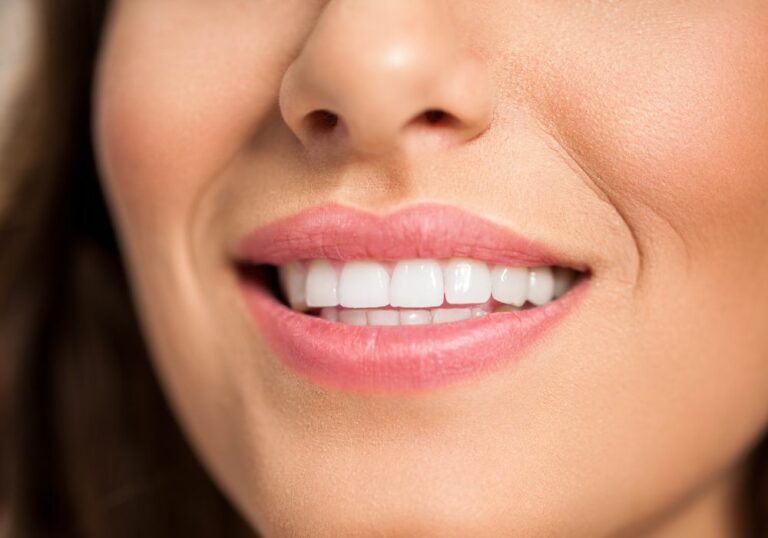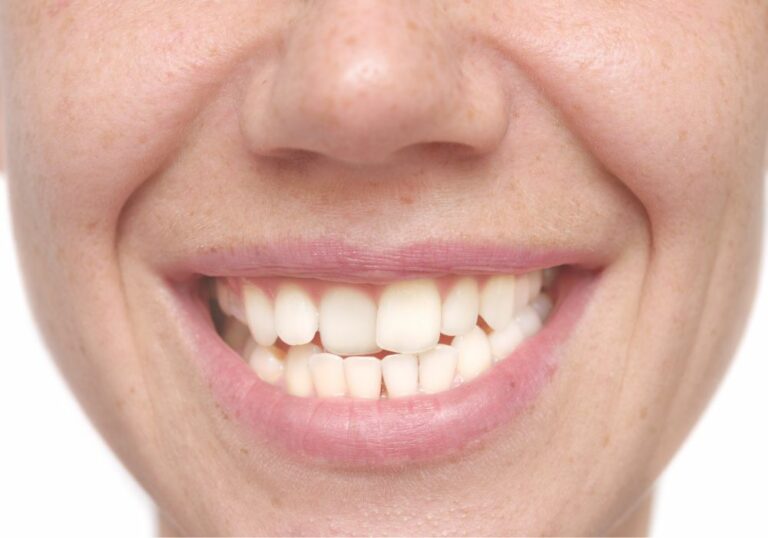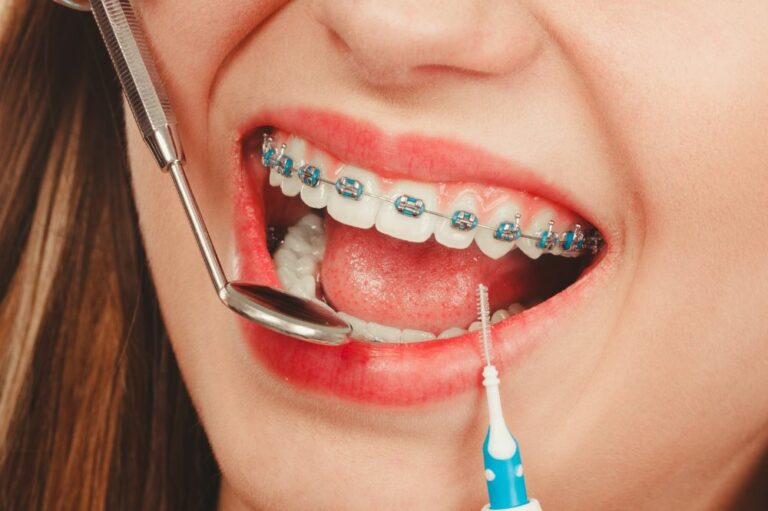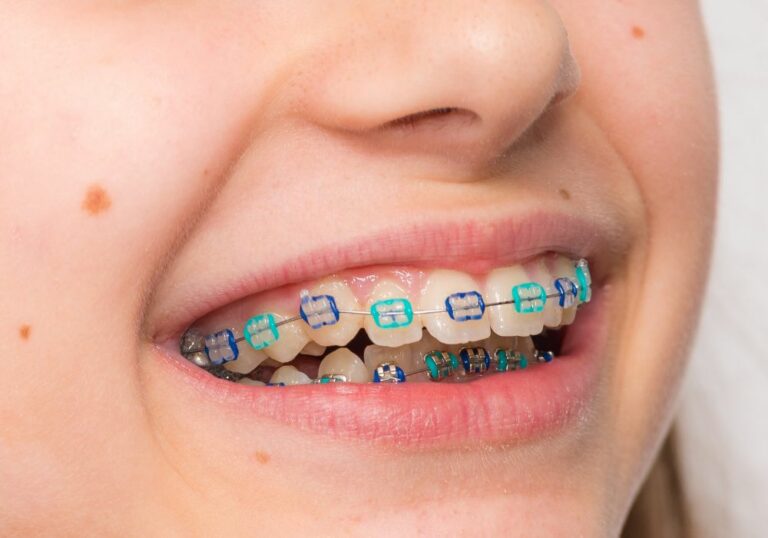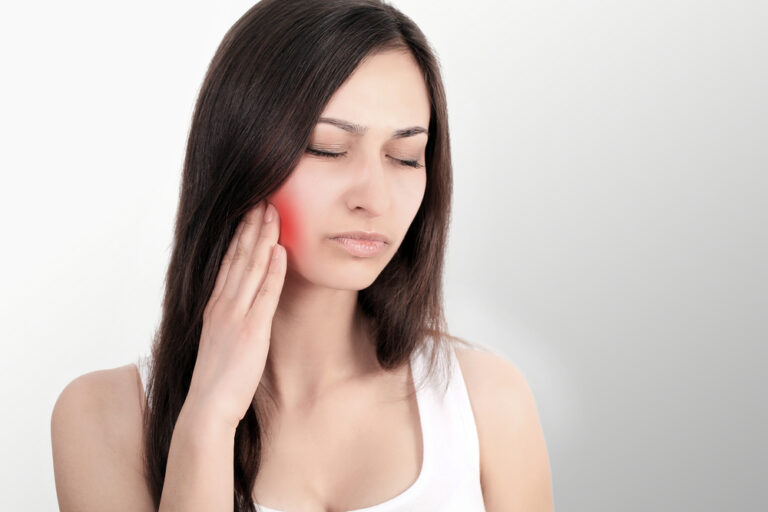If your dog bares his teeth, it can be a scary and confusing experience. You may wonder if your dog is being aggressive or if there is something else going on. In most cases, when a dog bares his teeth, he is sending you a clear message to back off. It’s important to understand what your dog is trying to communicate and how to handle the situation appropriately.
Dogs use their body language to communicate their emotions, and baring teeth is one way they do this. It’s important to pay attention to your dog’s other body language cues, such as growling, snarling, and lunging, to determine if he is feeling threatened or aggressive. If you are unsure of the cause or it appears that the teeth are bared in an aggressive manner, it’s important to thoroughly remove yourself and/or your pet from the situation.
Understanding Dog’s Behavior
When your dog bares his teeth, it can be a scary and confusing experience. However, understanding your dog’s behavior can help you to determine why he is showing his teeth and how to respond appropriately. In this section, we will explore two important aspects of understanding your dog’s behavior: recognizing aggression and decoding dog body language.
Recognizing Aggression
Aggression in dogs can be directed towards people, other animals, or objects. It is important to recognize the signs of aggression so that you can take steps to prevent it from escalating. Some common signs of aggression in dogs include growling, snarling, barking, lunging, and biting.
If your dog is showing signs of aggression, it is important to take steps to prevent him from hurting himself or others. This may involve removing him from the situation or seeking professional help from a certified dog behaviorist.
Decoding Dog Body Language
Dogs communicate with their bodies, and understanding their body language can help you to better understand their behavior. When a dog bares his teeth, it is often a warning sign that he is feeling threatened or uncomfortable. However, it is important to consider the context of the situation before assuming that your dog is being aggressive.
Other signs of discomfort or stress in dogs can include:
- Tail tucked between legs
- Ears flattened against the head
- Whining or whimpering
- Avoiding eye contact
- Stiff body posture
If you notice these signs in your dog, it may be a sign that he is feeling uncomfortable or stressed. In these situations, it is important to give your dog space and avoid pushing him beyond his comfort level.
In summary, understanding your dog’s behavior is key to preventing and addressing aggression. By recognizing the signs of aggression and decoding your dog’s body language, you can take steps to keep your dog and others safe and comfortable.
Immediate Actions
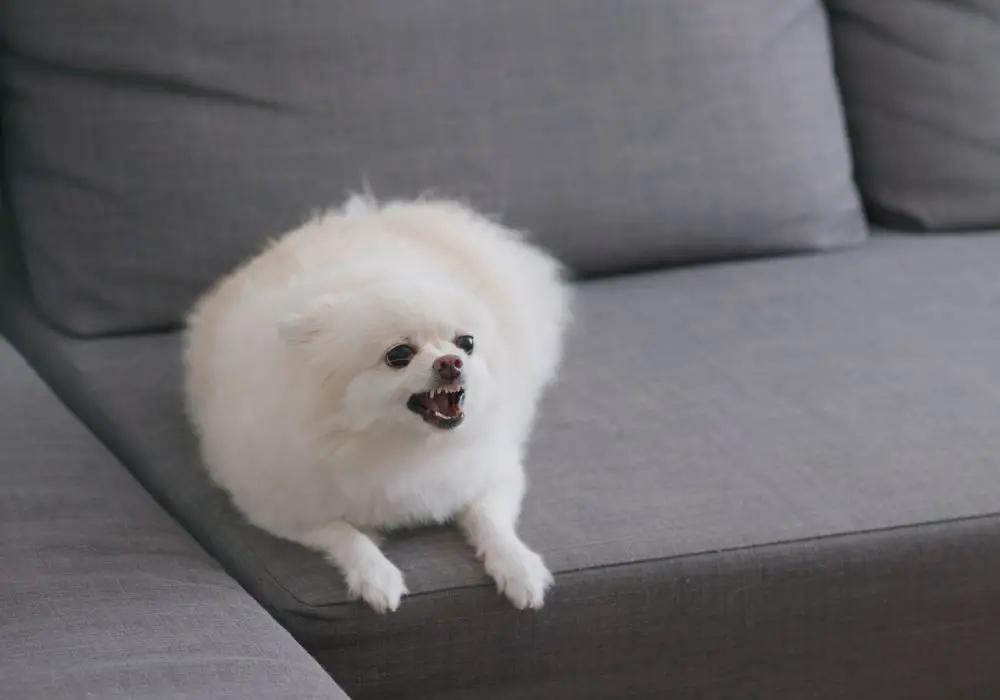
If your dog bares his teeth, it is crucial to take immediate action to ensure your safety and prevent any potential aggression. In this section, we will discuss some immediate actions you can take to maintain safety and avoid sudden movements.
Maintaining Safety
The first step you should take when your dog bares his teeth is to maintain safety. This means you should avoid any actions that could escalate the situation or provoke your dog further. Here are some tips to help you maintain safety:
- Stay calm and avoid making sudden movements.
- Avoid making direct eye contact with your dog, as this can be perceived as a threat.
- Back away slowly and give your dog some space.
- If your dog is on a leash, try to move him away from the situation calmly.
- If possible, create a barrier between you and your dog using a piece of furniture or a door.
Avoiding Sudden Movements
Sudden movements can be perceived as a threat by your dog and can escalate the situation quickly. Therefore, it is essential to avoid sudden movements when your dog bares his teeth. Here are some tips to help you avoid sudden movements:
- Speak calmly and avoid shouting or making sudden noises.
- Avoid reaching for your dog or making any sudden movements towards him.
- If you need to move, do so slowly and carefully.
- If you need to pick something up, do so slowly and without making sudden movements.
- If you need to leave the room, do so slowly and without turning your back on your dog.
By maintaining safety and avoiding sudden movements, you can help prevent any potential aggression and keep yourself and your dog safe.
Long Term Strategies
If your dog is frequently baring his teeth, it’s important to implement long-term strategies to prevent this behavior from becoming a serious problem. Here are some strategies you can use to help your dog feel more comfortable and reduce the likelihood of teeth baring.
Training Your Dog
Training your dog is an important part of preventing teeth baring. Here are some tips to help you train your dog:
- Teach your dog basic obedience commands like “sit,” “stay,” and “come.” This will help you establish yourself as the leader and give your dog a sense of structure and routine.
- Use positive reinforcement techniques like treats and praise to reward good behavior. Avoid using punishment or physical force, as this can make your dog more anxious and fearful.
- Socialize your dog with other dogs and people. This will help your dog feel more comfortable in different situations and reduce the likelihood of aggressive behavior.
Seeking Professional Help
If your dog’s teeth baring behavior is severe or persistent, it may be necessary to seek professional help. Here are some options to consider:
- Consult with a veterinarian to rule out any underlying medical conditions that may be causing your dog’s behavior.
- Work with a professional dog trainer or behaviorist to develop a customized training plan for your dog.
- Consider medication or other forms of therapy to help manage your dog’s anxiety or aggression.
Remember, it’s important to be patient and consistent when working with your dog. With the right training and support, you can help your dog feel more comfortable and reduce the likelihood of teeth baring behavior.
Preventive Measures
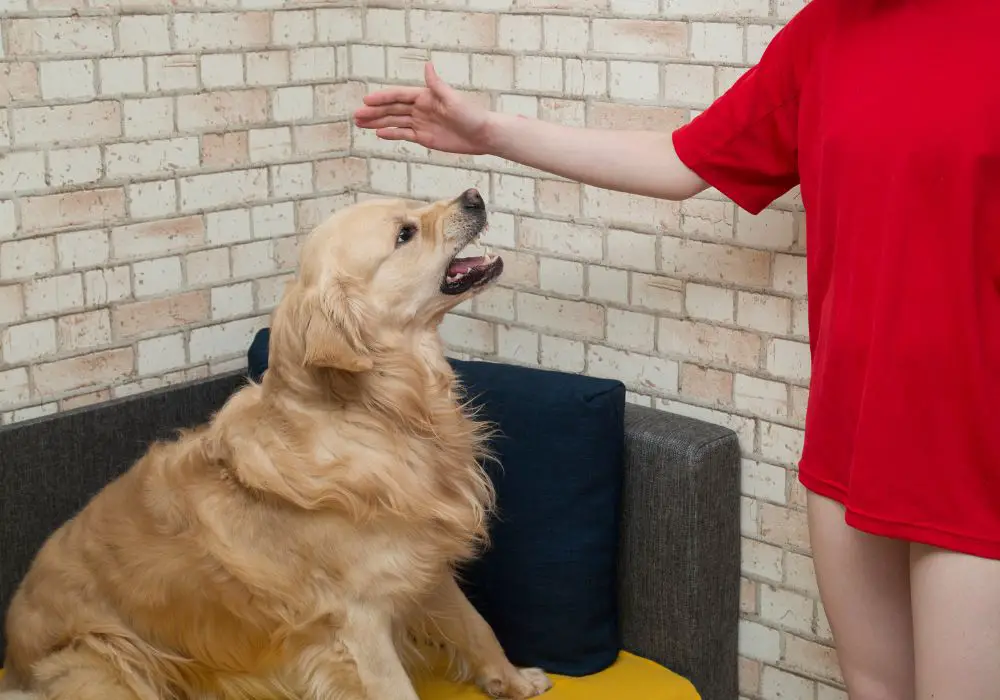
To prevent your dog from baring his teeth in an aggressive manner, there are some preventive measures that you can take. Socializing your dog and regular vet check-ups are two important preventive measures that you should consider.
Socializing Your Dog
Socializing your dog is an effective way to prevent aggression. It helps your dog to become familiar with different people, animals, and environments. By exposing your dog to new experiences, you can help him become more confident and less fearful. Here are some tips for socializing your dog:
- Introduce your dog to new people and animals in a controlled environment.
- Use positive reinforcement, such as treats and praise, to reward good behavior.
- Gradually increase the level of exposure to new experiences.
- Avoid overwhelming your dog with too many new experiences at once.
Regular Vet Check-ups
Regular vet check-ups are essential for maintaining your dog’s overall health, including his dental health. Dental problems can cause pain and discomfort, which can lead to aggressive behavior. Here are some tips for maintaining your dog’s dental health:
- Schedule regular dental check-ups with your vet.
- Brush your dog’s teeth regularly using a dog-specific toothbrush and toothpaste.
- Provide your dog with dental chews and toys that are formulated to reduce bacteria in his mouth.
- Avoid feeding your dog table scraps and sugary treats, which can contribute to dental problems.
By taking these preventive measures, you can help prevent your dog from baring his teeth in an aggressive manner. Socializing your dog and maintaining his dental health are important steps in ensuring that he is happy and healthy.
Frequently Asked Questions
Why does my dog show his teeth when I come home?
Dogs may show their teeth when they are excited or happy to see you. This is often accompanied by wagging their tail and jumping up to greet you. It’s important to remember that this behavior is not necessarily aggressive, but rather a sign of affection. However, if your dog is growling or showing other signs of aggression, it’s important to seek the help of a professional trainer or behaviorist.
Dog showing teeth without growling
If your dog is showing his teeth without growling, it’s possible that he is feeling anxious or uncomfortable. This behavior may be a warning sign that your dog is feeling stressed or threatened. It’s important to observe your dog’s body language and try to identify the cause of his discomfort. If you are unsure, it’s always best to consult with a veterinarian or professional trainer.
Why does my dog show his teeth when happy?
Dogs may show their teeth when they are happy or excited. This behavior is often accompanied by wagging their tail and jumping up to greet you. It’s important to remember that this behavior is not necessarily aggressive, but rather a sign of affection.
Dog showing teeth while sleeping
It’s not uncommon for dogs to show their teeth while they are sleeping. This behavior is often a result of muscle relaxation and is not a cause for concern. However, if your dog is growling or showing other signs of aggression while sleeping, it’s important to seek the help of a professional trainer or behaviorist.
Why does my dog show his teeth when playing?
Dogs may show their teeth when playing as a sign of excitement or enthusiasm. This behavior is often accompanied by wagging their tail and jumping up to play. It’s important to remember that this behavior is not necessarily aggressive, but rather a sign of enjoyment.
How do I get my dog to stop baring his teeth?
If your dog is baring his teeth in an aggressive manner, it’s important to seek the help of a professional trainer or behaviorist. However, if your dog is showing his teeth as a sign of excitement or enthusiasm, it’s important to redirect his behavior with positive reinforcement training. This can include rewarding your dog for calm behavior and teaching him alternative behaviors, such as sitting or lying down, when he becomes overly excited.


